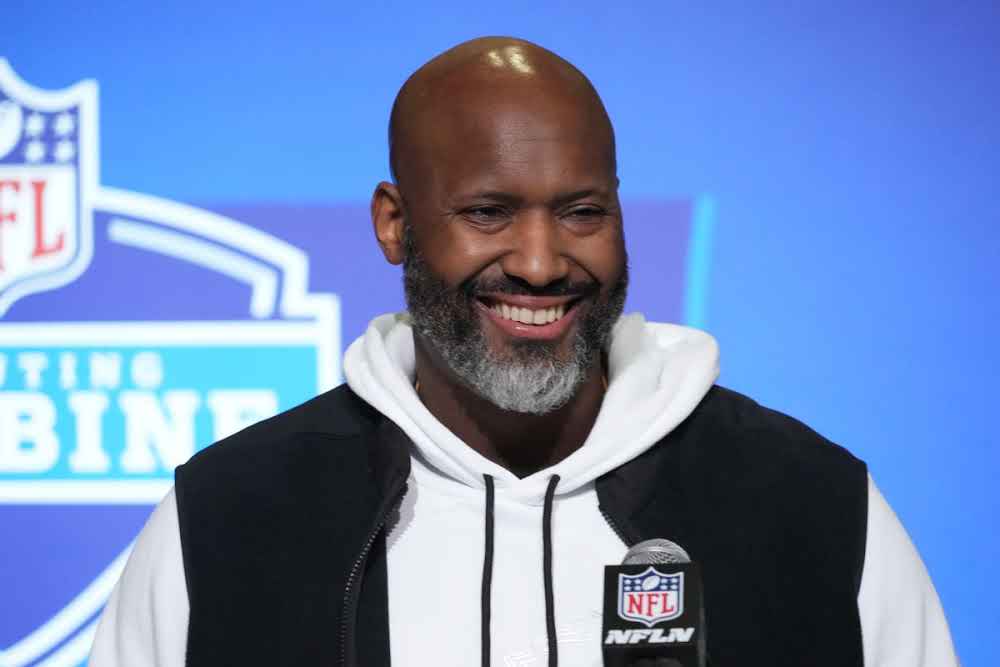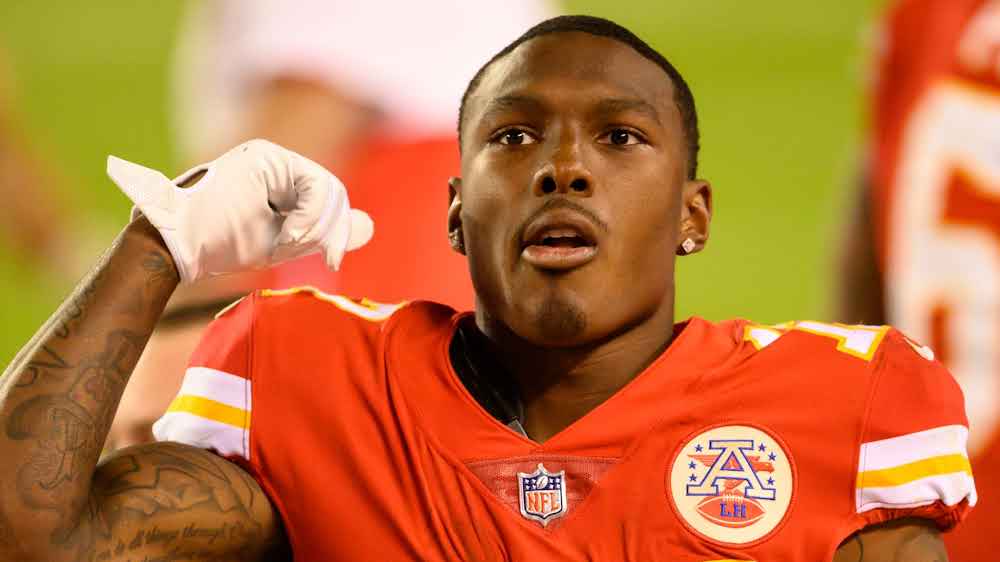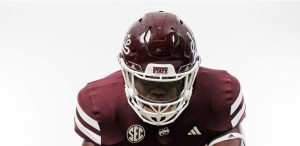
The Detroit Lions’ modesty at the trade deadline can be explained by one statistic.

Among the NFL’s newest teams are the Detroit Lions. They had the 11th-youngest roster going into the regular season, but as Bill Barnwell of ESPN noted over the weekend, in actuality, they have a younger roster.
Barnwell weighted the rosters of all players based on snap counts and age. He is essentially calculating the roster’s average age based on the players who are actually participating in the games. It turns out that the Lions’ roster, with an average age of 26.4, is the sixth youngest after eight games.
Regarding the trade deadline, how does this relate? It demonstrates the Lions’ current developmental stage and the core values of this front office. For starters, it’s a pretty obvious indication that Detroit’s window is opening and should remain open for some time at 6-2 with one of the youngest rosters in football. It also demonstrates how much the Lions value youth on the team and how much they believe in their coaches’ ability to develop talent.
Check out the positions of some of the teams that were in action at the trade deadline on Barnwell’s list now:

Among the four oldest teams are the 49ers and the Eagles, who are arguably the two teams with the most active players at the trade deadline. It is possible to argue that their window is somewhat closing, even though Philly is probably not going anywhere anytime soon with Jalen Hurts starting at quarterback.
This is not to argue against the 49ers’ or Eagles’ method of construction. There are various approaches to team building, and occasionally the team-building plan needs to change in order to remain relevant and competitive for many years—as both franchises have.
But consider the Kansas City Chiefs, another formidable opponent. With the Lions being the seventh-youngest team, they are comfortably positioned. How much do you know, too? They made just a small trade of late-round picks for Mecole Hardman at the deadline, which was about as active as Detroit’s. It was almost exactly the same as the Lions’ Donovan Peoples-Jones trade, if that makes sense.
This chart did a good job of explaining why the Lions were modest at the trade deadline. After declaring at the deadline that they only planned to make the trade for Peoples-Jones,er general manag Brad Holmes effectively laid it out for us.

Holmes stated last Tuesday that “every team has a different plight, every team is in a different place, different direction, and different phase in their team building.”
And ever since Holmes and head coach Dan Campbell took over, the Lions have consistently communicated that message. They have a long-term plan in place, they prioritize youth, and they have no intention of deviating from it. Additionally, selling significant assets for a quick profit just doesn’t fit with the plan at this point for a young, optimistic team that is just getting started. Or, to use Campbell’s phrase:
“Man, Brad and I have a plan in place that we don’t want to change or tamper with, and since we are currently in the first year of our third year of this, everything had to be perfect from the start. It’s not an easy task to accomplish, but that’s how we see it: it had to be the right player, it had to be the right fit, and it had to be the right price.





